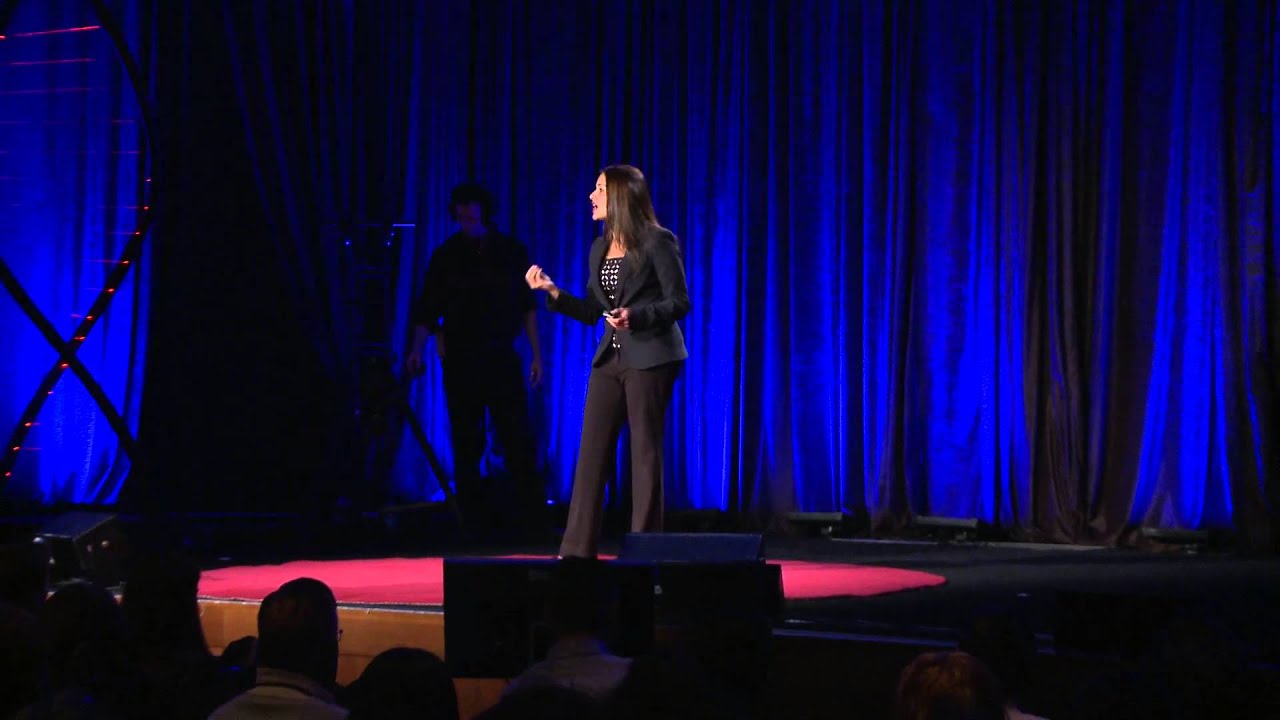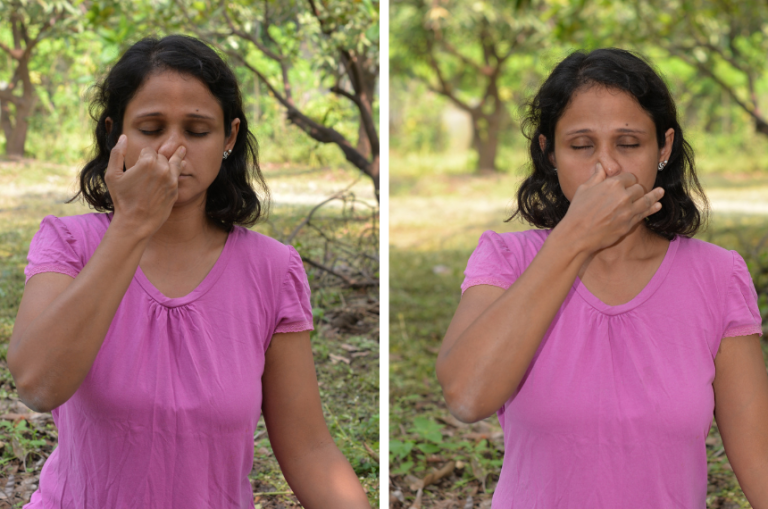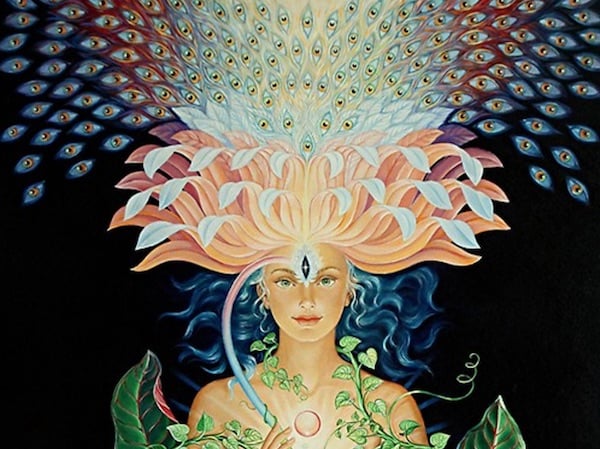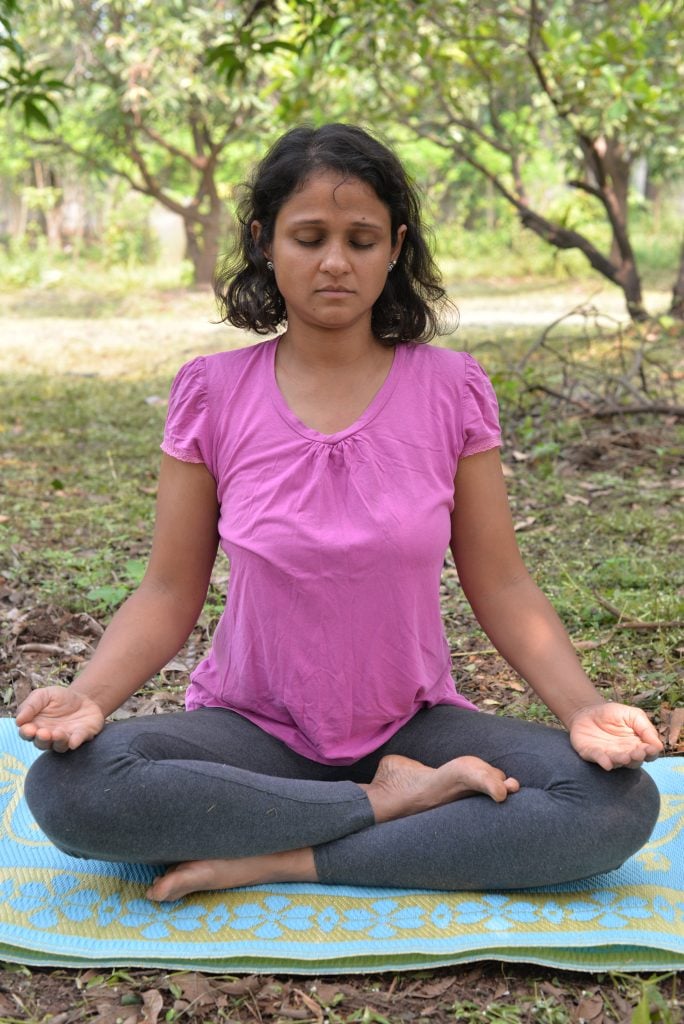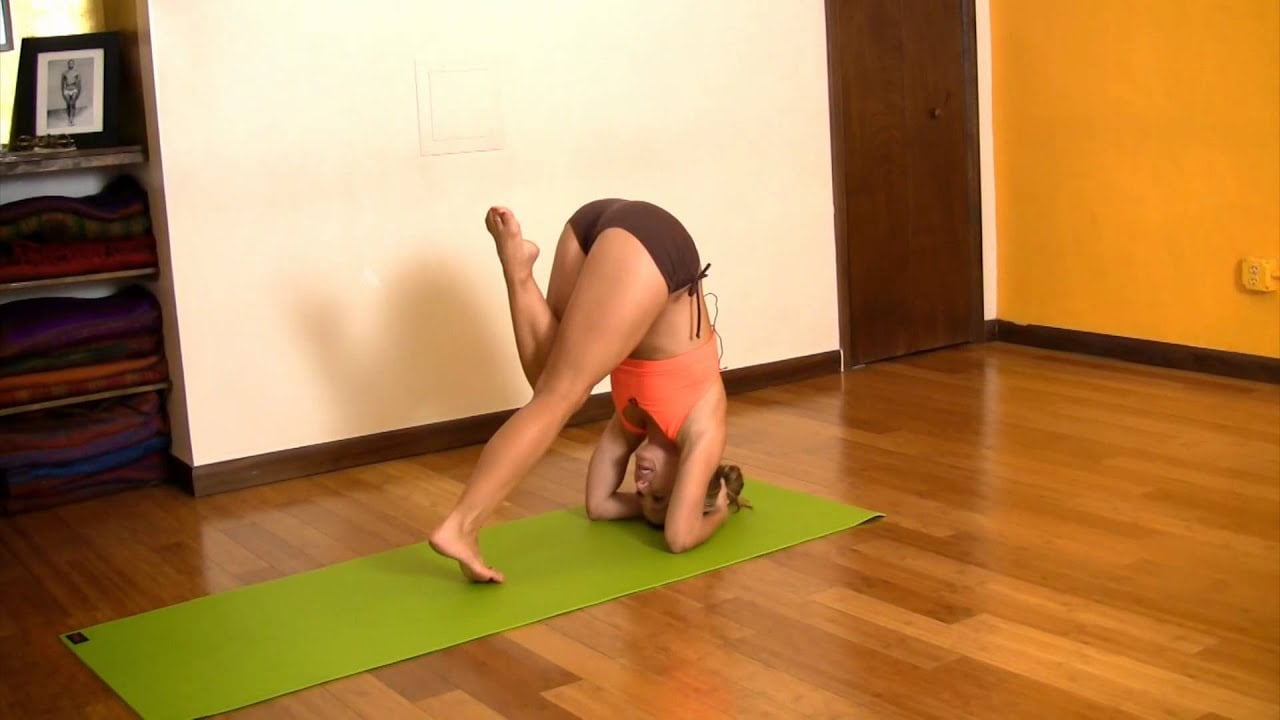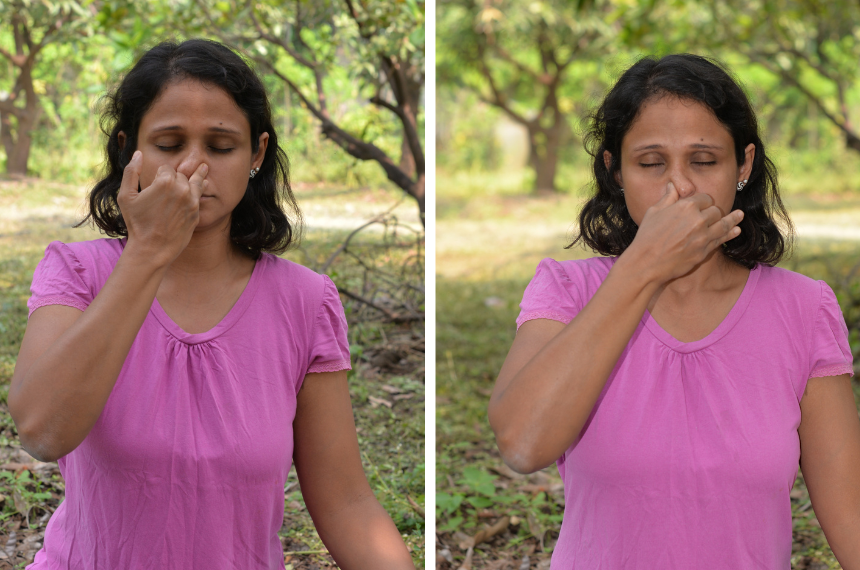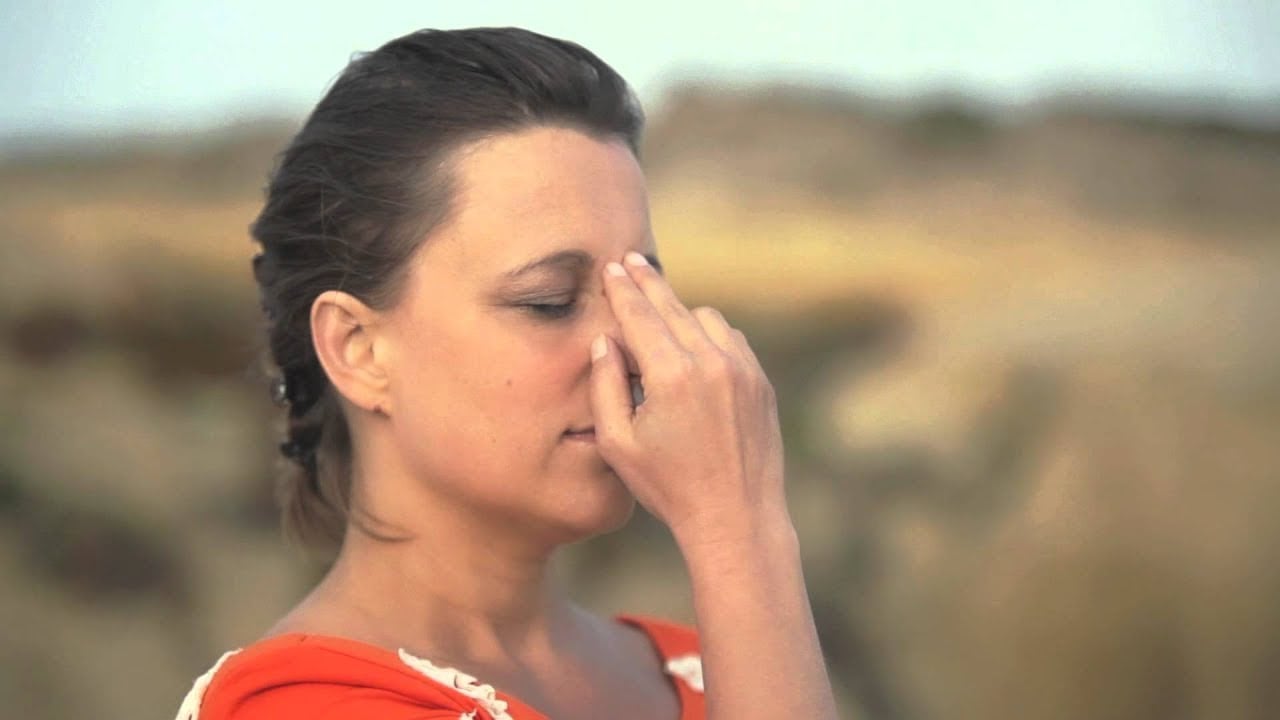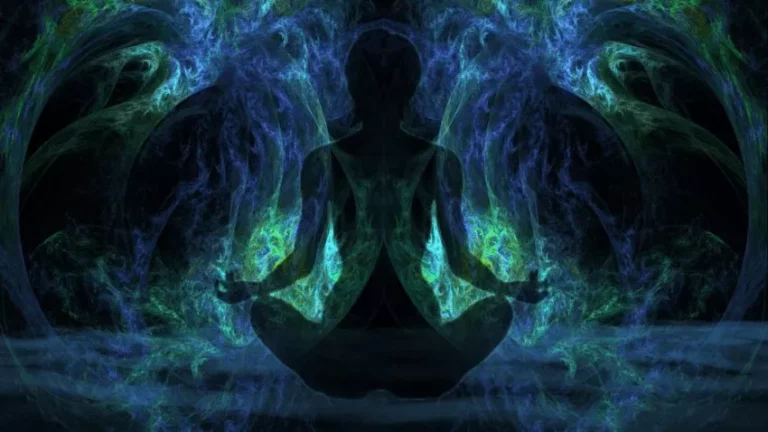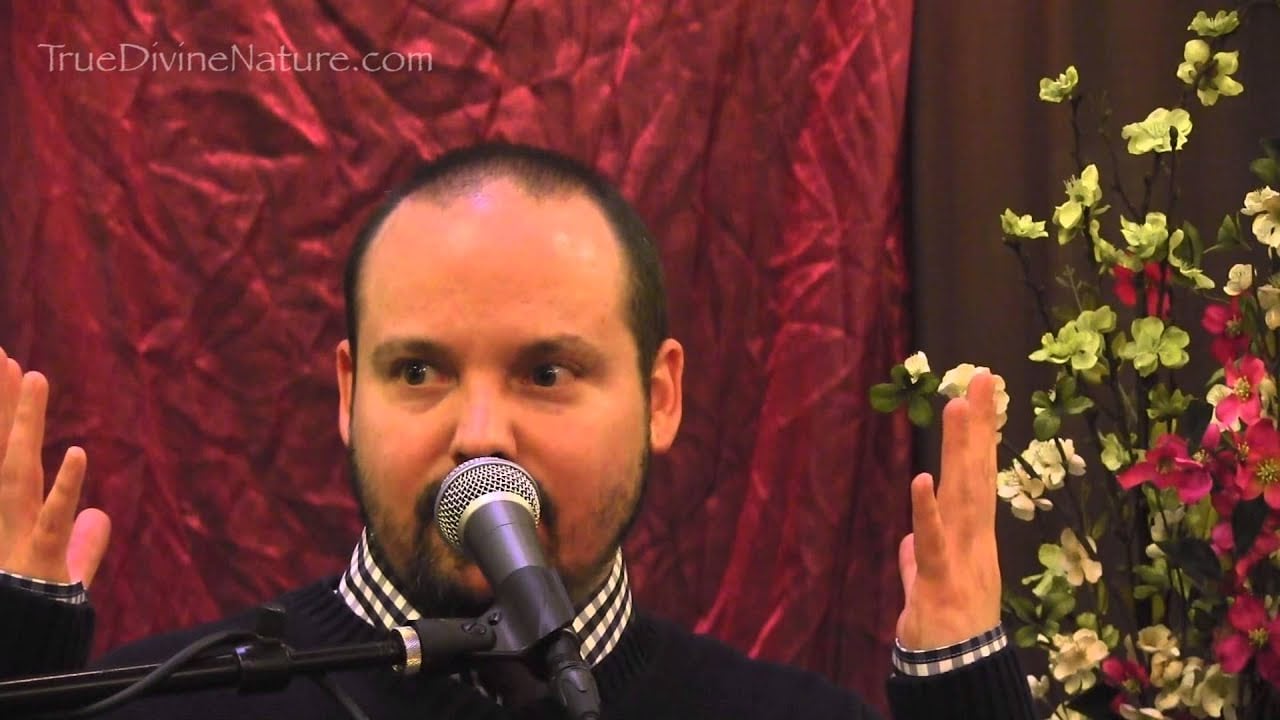Reader beware! My softness has teeth. My vulnerability does not come without a tempest’s thunder. Real probability of spiritual trepidation and soul-wrenching transformation, from which there will be no turning back. Proceed with caution…
Despite what you might think, fierceness, fearlessness and ruthlessness are all possible without resorting to violence.
The world doesn’t need more trigger-happy militarized crackpots with nationalism and patriotism scrambling their brains into exploitable soup.
It needs compassionate, but fierce, Eco-conscious spirit warriors with the courage to challenge the powers-that-be, while also bringing tonality to an otherwise atonal world using progressively sustainable solutions that reveal how a healthier world is possible.
Like Kathryn Schulz said, “Ignorance isn’t necessarily a vacuum waiting to be filled; just as often, it is a wall, actively maintained.”
We need more people with both the courage to disclose the vacuum and the audacity to topple the walls, lest we become prisoners to the powers that be. The ability to practice ruthless mindfulness is a critical key in this pursuit.
Carlos Castaneda’s Don Juan was known as “The Shaman of Ruthlessness.” And it is in a similar connotation that I use the term “ruthless:” based in hard love and proactive courage, with the focus on being pitiless and fierce with one’s power.
Here are five ways to do precisely that.
1) Slay the Dragon of Ignorance
“A hero is not a champion of things become, but of things becoming; the dragon to be slain by him is precisely the monster of the status quo.” ~ Joseph Campbell
Ignorance gleaned by the mystification of those in power is one of the most ruthless forms of oppression, enclosing upon one more narrowly than any prison: a prison of the psyche.
Perhaps the only way to bust out of this prison is to become an autodidact, a self-educated person, an autonomous student of life. This may require unlearning what we have previously learned.
It may require tearing apart the box of our indoctrination and then daring to think outside of it. Indeed, the past must die in the present so that the future may live.
Like Jose Ortega y Gasset said, “The man who discovers a new truth has previously had to smash to atoms almost everything he had learned, and arrives at the new truth with hands bloodstained from the slaughter of a thousand platitudes.” This is no easy task.
It takes Trickster courage followed by Promethean audacity; all while maintaining a balance between Herculean strength and Dionysian vulnerability.
The Dragon of Ignorance is a behemoth of myopic blind-faith wallowing in the parochial muck and mire of religious crutches and political props, buttressed by a pseudo-power that feeds the dragon’s tail to itself. It is the epitome of close-mindedness, living within an insular rut to which it maddeningly declares as “all things” and refuses to question.
It can be slain by mindfulness meditation based in self-interrogation (ruthless questioning) and autodidact resourcefulness while focusing upon the throat and third eye chakras. With enough practice this will create within us at least a common courage with which to leverage our mindfulness into the world.
The demon, the phantom, the monster, and even the hydra to follow, all pale in comparison to the power of the dragon. It is because of the Dragon of Ignorance that, in hindsight, the first step of the hero’s journey is almost always the most difficult one.
2) Crucify the Demon of Fear
“The influence of a vital person vitalizes.” ~ Joseph Campbell
As I wrote in Five Unconventional Ways to Trigger the Heart Chakra: Fearlessness is about transforming fear from an unskillful worry into a skillful courage. The transformation phase of this process is the crucifixion of the Demon of Fear.
We crucify fear precisely because we need our fear to be resurrected in the form of Cosmic Courage. We grab the demon by the throat, nail it to the cross, and force it to die for our sins, so that we can be reborn into a human being capable of uncommon (skillful) courage: an exceptional courage that goes beyond typical courage. Indeed, it’s only after crucifying the Demon of Fear that the true courage of the hero, the Cosmic Hero, is unleashed.
Christ-like daring, Buddha-like bravery, Gandhi-like audacity, MLK Junior-like resolution, the Cosmic Hero is the resurrected Demon of Fear, the transformed shadow, the darkness becoming the dawn, rising up from his fear like a phoenix rising out of its own ashes.
Like Lao Tzu said, “If you realize that all things change, there is nothing you will try to hold on to. If you are not afraid of dying, there is nothing you cannot achieve.”
The Cosmic Hero is fearless and can achieve anything precisely because he/she embraces impermanence and has no fear of death. Ruthless Mindfulness is the sharper side of the double edged sword that Jesus referred to when he said: “I came not to bring peace, but to bring a sword.”
With this “sword” the Cosmic Hero shaves the superfluous from the world in order to moderate it out of unhealthy immoderation. With this “sword” the Cosmic Hero decollates the individual human ego in order to plant the Seed of Consciousness that can potentially grow into the Mind (no-mind) of interdependent thought (thoughtlessness).
This demon can be crucified through mindfulness meditation based in archetypal imaginative visualization while focusing on the root and crown chakras. This is an arduously Nietzschean task, requiring the individual to have the capacity to perpetually self-overcome. But, like Spinoza ingeniously opined, “All things excellent are as difficult as they are rare.”
3) Exorcize the Phantom of Apathy
“You are personally responsible for becoming more ethical than the society you grew up in.” ~ Eliezer Yudkowsky
I cannot stress enough how empowering it is to be able to recondition your own preconditioning, especially in a world that is predominantly conditioned by unhealthy and unsustainable programming.
The Phantom of Apathy is a lazy, indifferent monster wallowing in its own ennui, concerned only with maintaining and clinging to its creature comforts and pseudo-happiness which is founded upon base, mostly unearned, pleasures that keep one entrenched and attached to a hyperreal world.
This phantom haunts anyone born into a culture that conditions its people in unhealthy, codependent/Narcissistic, and unsustainable ways of being in an otherwise healthy, interdependent cosmos. In short: the majority of us are haunted by this particularly sneaky and enculturated ghost.
And that’s where it’s our turn to step up as healthy, mature, and responsible adults and take it upon ourselves to recondition the precondition, to transform ourselves from victims into warriors.
Like Carl Rogers said, “The curious paradox is that when I accept myself just as I am, then I can change.”
By exorcizing the Phantom of Apathy we go from being victims of the world to being the world. We become beings capable of empathy, compassion, and love. We become liberated, independent agents of an interdependent whole. In short: we become holistic.
Like Vedanta said, “Undifferentiated consciousness, when differentiated, becomes the world.”
But as long as the Phantom of Apathy continues to haunt us, we will remain victims to apathy. This phantom can be exorcized through mindfulness meditation based in healthy detachment and taking responsibility for our actions (mind, body, and soul), while focusing on the navel and third eye chakras.
Change is never easy. Changing ourselves into healthy, responsible, independent agents who represent an interdependent whole is even more difficult. But doing so can be as simple (difficult) as understanding what Meister Eckhart taught: “He who would be serene and pure needs but one thing: detachment.”
4) Count Coup on the Monster of Authority
“If I am unable to make the gods above relent, I shall move hell.” ~ Virgil
If ever there was a thing that ought to have coup counted upon it, it is authority. As it stands, we are in conflict with a malignant and cancerous regime: plutocracy.
Now, more than ever, we need mindfulness to break through the antiquated ideals and parochial stopgaps of this train wreck we call “our leadership.”
The current system doesn’t want us capable of critical thought. It wants us passive, ignorant, and fearful. It wants us to remain haunted by the Phantom of Apathy.
It wants us to remain crippled by the Demon of Fear. It wants to keep us dumbed down by the Dragon of Ignorance.
It wants us servile so that we will remain cogs in its unhealthy, dog-eat-dog clockwork so that it can capitalize on our power. We counteract this by being aggressive, knowledgeable, and courageous with our mindfulness thinking. We counteract this by turning the tables on power and counting coup on authority.
Caught-up, as we are, in this buckling socio-political gambit, it is difficult to see the light at the end of the tunnel. But it is there, blinking like a fiery beacon. Sometimes it takes seeing the forest for the trees, before we can see the light.
Sometimes it takes sneaking up on authority (or so-called authority) and giving it a good smack, a wakeup call, the kind of wakeup call that causes everyone’s souls to warble in their sheathes, and their hearts to buckle and bend against the uncertain and precarious reality that is the Great Mystery of the cosmos.
Counting coup is a gesture of supreme bravery in the face of seemingly overwhelming odds, a courageous act that topples high horses, melts down pedestals, and humbles entrenched power.
We can count coup on the Monster of Authority through mindfulness meditation on the heart and third eye chakra (to address self-authority), through acts of civil disobedience and proactive peaceful resistance, and by creating politically moving artwork that humbles the powers that be.
The future can either be wide-open and healthy, or closed-off and unhealthy. If we remain on our current unsustainable path it will surely be the latter, but we can still decide to change course and create a new path toward sustainability. It’s in our hands. Let’s have the courage it will take to tear down the old and build up the new.
5) Thwart the Hydra of Power
“In an atonal world one must oppose it in such a way that one compels it to tonalize itself.” ~ Slavoj Zizek
In Greek mythology, the Hydra was a monstrous serpent-like creature that possessed many heads. Likewise, the entrenched power of modern-day hierarchical government structures possesses many heads.
Both of these “Hydras” are tricky behemoths of seemingly absolute power whose powers seem to corrupt absolutely. As the myth goes, “Cut off one head, two more shall take its place.”
So we need to use a different kind of strategy in thwarting such a foe as this. We need a tool to leverage healthy power against corrupt power. Indeed, we need to discover a way to get power over power. Heracles tricked Hydra by cauterizing the open neck stumps with a firebrand. So what we need is a Heraclesian Firebrand.
Here’s the thing: the battle here is against an abstraction, not people. This type of battle requires a different tactic. The answer is not to win, or to give up, or to get revenge, but to create something new –in this case, new ways of communicating and ruthlessly questioning our perceptions and misconceptions regarding our place as a species on this planet. This is our firebrand: ruthless human creativity and ingenuity.
This is precisely what’s needed to cauterize the wound leftover from the severed heads of the Governmental Hydra. In other words: we need enough creativity, openness, and courage to grapple with our differences while also planting seeds of healthy sustainability in the open neck stumps of the Governmental Hydra.
Otherwise, we will remain victims/slaves/prisoners to the plethora of unhealthy and unsustainable heads of the all-too-powerful Hydra and its corrupt overreach.
We can thwart the Hydra of Power through mindfulness meditation based upon aggressive but loving creativity and righteous but sacred anger, while focusing on the heart and crown chakras. But we must remain circumspect, never resting on our laurels, lest they too become inner hydras of power with the potential to corrupt us.
Like Karl Popper said, “Every solution to a problem creates new unsolved problems.”
So it behooves us to remain forever vigilant against power, especially power that claims to be absolute.
Indeed, life itself can be its own Hydra, which ought to compel us toward more and more refined and elegant questions rather than relying too much on uncompromising answers. Like Paulo Coelho said, “A wise person is full of questions. A dull person is full of answers.”
Image source:
Mindfulness
Gandhi quote
Prison
Hydra







